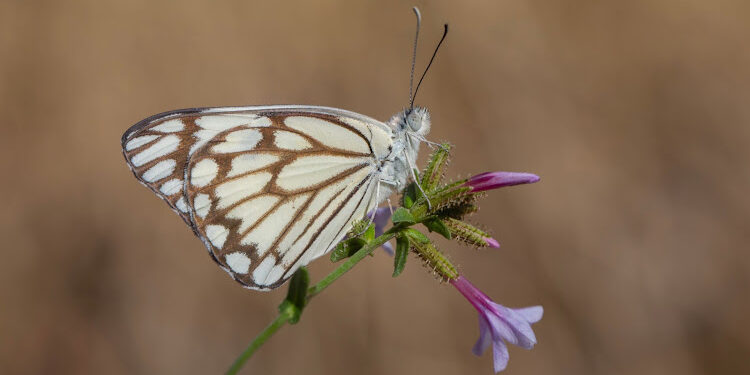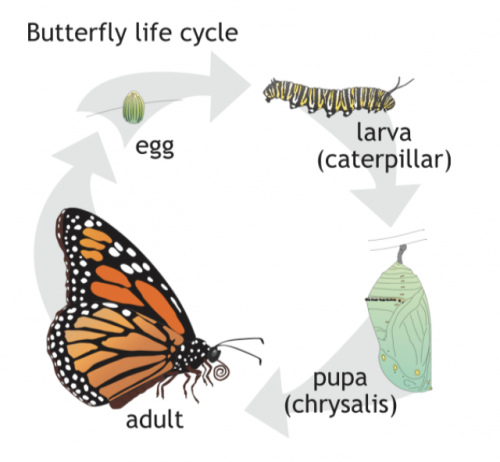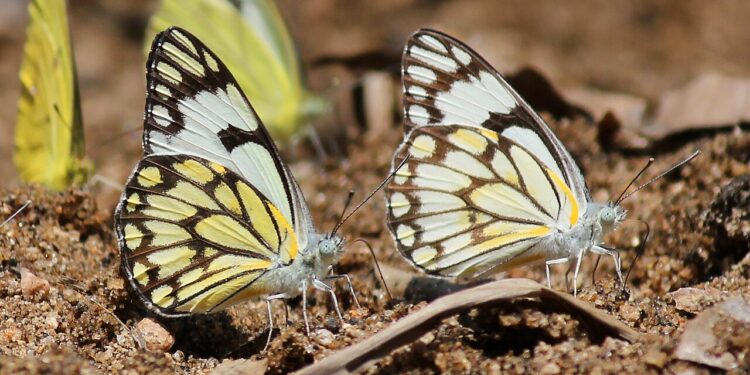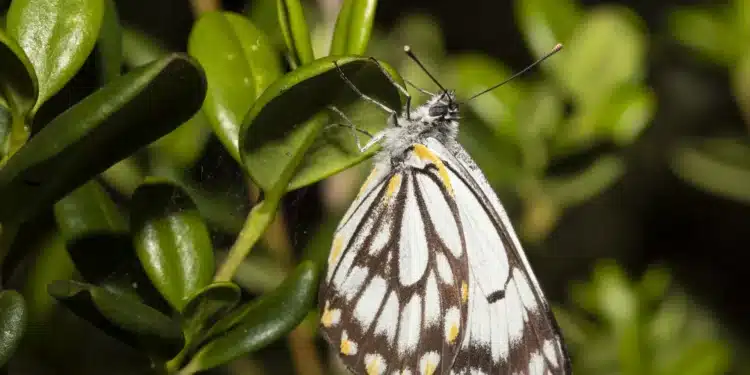In recent days, specific regions in Kenya have witnessed an extraordinary event as the skies transformed into a white canvas, courtesy of an uncommon gathering of butterflies.
Is this a prelude to an apocalypse or a normal phenomenon? The spectacle has left many with lingering questions about its nature and implications.
Some appreciate the sight, while others worry about potential damage to crops.
There are also concerns about the butterflies’ causing delays for vehicles on the road.
Dr. Muo Kasina, Chairman of the Association of Kenyan Entomologists, sheds light on the migration of the white butterflies, identified as “Belenois aurota“.
The butterflies commonly known as Caper white butterflies are currently in flight across the country, marking a regular annual migration.

Entomologist Muo Kasina while speaking to a local media house explained that the annual migration of these butterflies within Kenya is a usual occurrence.
This phenomenon, commonly observed in South Asia and Africa, is not an isolated incident as these butterflies undertake this journey every year.
The Caper Butterfly Life Cycle
According to Kasina, when the conditions are right, these white butterflies follow a lifecycle. They lay eggs, which transform into larvae or caterpillars, then pupa, and finally emerge as butterflies or moths in mid-Spring.
The adult butterflies lay eggs on leaves, which hatch in four to eight days.
Also Read: Photo of White Rhino Taken in Kenya Beats 20,000 Entries, Wins Competition
The larva matures to pupa within two to three weeks, and the entire development from egg to adult takes three to six weeks.

Kasina notes that after completing this cycle, the butterfly’s life concludes, marking the end of their journey.
However, he noted that the increase in their numbers can be attributed to global warming.
“The extended warm season, a result of climate change, leads to more breeding, producing additional offspring and intensifying the frequency and visibility of their migration.
“The lack of rain aids migration, as butterflies avoid flying in the rain,” he stated.
Migration Patterns
Notably, there’s a shift in migration patterns as butterflies now move towards built environments, roads, and farmlands, influenced by their delicate nature and the ease with which they can be carried by even the slightest breeze.
Unlike moths which are nocturnal, Caper whites are diurnal, meaning they can only be seen flying during the day.
Contrary to belief, these butterflies are considered local or indigenous, emphasizing that their migration is an internal movement within the country’s borders.
Are the White Caper Butterflies Harmful?
Kasina reassures that the population of these butterflies poses no threat to crops, emphasizing that there’s no need for concern.
He also stressed the significance of butterflies in pollination which refers to the passage of pollen grains from the male part of a flower to the female part to stimulate plant reproduction.
Also Read: A New Invasive Mosquito has been found in Kenya – What This Means for Malaria Control
Additionally, he dispelled notions suggesting that the presence of these white butterflies indicates the beginning of a drought.
“This is a myth and people should not fear. We had the butterflies a year ago and this is just a migration pattern. People should not be alarmed,” he said.
Kasina urged the public to refrain from using pesticides and advocated for the preservation of butterfly habitats by minimizing tree cutting.








































































